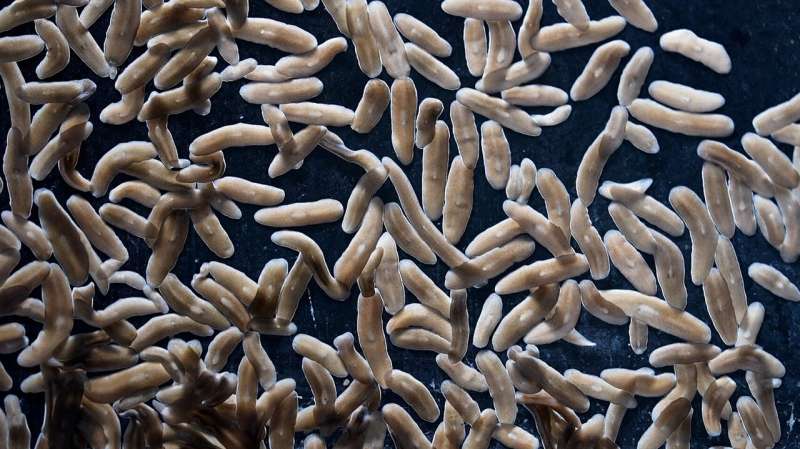The study, published in Cell Reports, led by Postdoctoral Research Associate Frederick “Biff” Mann, Ph.D., from the lab of Stowers President and Chief Scientific Officer Alejandro Sánchez Alvarado, Ph.D., challenges the textbook concept that most stem cells reside in a fixed, physical place called a niche, where surrounding cells tell them when or when not to divide and what to become.
“For instance, human blood-forming stem cells reside in niches within bone marrow where they divide to self-renew and make new blood cells,” said Mann.
The team, however, revealed that the planarian’s remarkable ability to regrow body parts, for example, rebuilding an amputated head or even an entire body from just a tiny fragment, is linked to stem cells that act more independently from their surroundings than those in most other animals.

